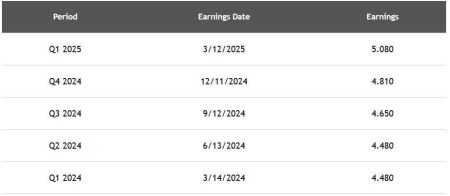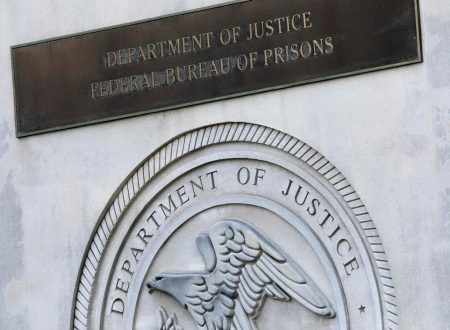The long-awaited guidance on Inflation Reduction Act (IRA) tax credits for hydrogen projects has finally arrived, providing much-needed clarity for taxpayers seeking to finance and develop these ventures. The Treasury and IRS released comprehensive final regulations under section 45V, addressing numerous aspects of claiming the credit, from emissions calculations to sourcing of clean electricity. While some industry requests were not met, the overall reception has been positive, with experts highlighting the increased flexibility and certainty provided by the final rules. This guidance is expected to unlock investment and propel the growth of the US hydrogen industry, fostering innovation and domestic manufacturing.
One significant disappointment for the industry was the lack of grandfathering for Qualifying Energy Attribute Certificates (EACs). The final rules mandate hourly matching of EACs starting January 1, 2030, for all projects, regardless of their commencement date. The government justified this decision by emphasizing the need to prevent induced grid emissions and ensure the credit rewards truly green hydrogen production. Surprisingly, even co-located clean electricity sources are not exempt from the EAC requirements. The rationale provided is that existing behind-the-meter sources could still contribute to induced emissions if they were previously grid-connected or used for purposes other than hydrogen production. This “three-pillars-for-all” approach, while uniform, may add complexity for some projects.
Despite this setback, the final rules offer significant improvements over the proposed regulations. Increased flexibility across various aspects of the credit provides taxpayers with greater certainty regarding project economics and facilitates financing. The interplay between section 45V and other tax credits is clarified, allowing for greater flexibility in project structuring. Safe harbors, such as the ability to rely on a provisional emissions rate obtained before construction begins, are particularly beneficial for securing financing. This provision offers crucial predictability for investors, enabling them to confidently assess the long-term viability of hydrogen projects.
The loosening of incrementality, temporal matching, and deliverability requirements is another welcome change. Extending the deadline for hourly matching provides additional time for electricity generation projects to come online, making the rules more commercially viable. Cross-region transmission is now permitted when deliverability can be tracked and verified, further enhancing flexibility. States with robust decarbonization standards and greenhouse gas cap programs, like California and Washington, are exempt from the incrementality requirement, allowing them to utilize EACs from existing clean generators. This recognizes the existing efforts of these states towards a cleaner energy future.
The nuclear industry also received favorable treatment under the final regulations. Electricity from existing nuclear reactors meeting specific criteria will be considered incremental, addressing concerns about potential plant retirements. This provision recognizes the significant role of nuclear power in clean energy generation and aims to prevent increased emissions from closures. Qualifying nuclear reactors may also be eligible for the section 45U credit, offering further incentives. However, there is a limitation on the amount of electricity deemed incremental per reactor, preventing excessive diversion of clean electricity from the grid.
The final regulations also provide alternative fate assumptions for biogas, renewable natural gas, and fugitive methane, eliminating the first productive use requirement. These assumptions, developed in consultation with the Department of Energy and the Environmental Protection Agency, aim to address emissions risks in a more nuanced way. A book-and-claim system for renewable natural gas and coal mine methane attributes is permitted, offering further flexibility, although its implementation is delayed until 2027. Until then, a direct pipeline connection between the gas source and the hydrogen facility is required.
The preamble to the final regulations emphasizes the extensive consultation with scientific and technical experts from across the federal government, including the Department of Energy and the Environmental Protection Agency. This collaborative approach underscores the commitment to developing robust and scientifically sound regulations. The preamble also acknowledges the need for taxpayer certainty, highlighting the importance of these regulations in facilitating investment and job creation. This proactive approach to providing clarity is crucial for fostering growth in the nascent hydrogen industry.
While the Treasury and IRS assert that these regulations are necessary to guide the implementation of the IRA’s hydrogen tax credits, some of the alternatives considered and rejected in the preamble seem less compelling. For instance, the rejection of a verification system relying on unqualified third parties seems more like a straw-man argument than a serious alternative. Nonetheless, the overall impression is that the final regulations represent a significant step forward, providing clear and comprehensive guidance for the burgeoning hydrogen industry.
The release of these final regulations marks a pivotal moment for the hydrogen sector. By addressing key industry concerns and providing much-needed certainty, the Treasury and IRS have paved the way for significant investment and growth in this critical clean energy technology. While not all requests were met, the overall balance struck between promoting green hydrogen production and providing practical implementation guidance is commendable. This framework should enable the United States to capitalize on the nascent hydrogen economy, creating jobs, fostering innovation, and advancing towards a cleaner energy future. The clarity provided by these regulations empowers investors and developers to move forward with confidence, unlocking the transformative potential of hydrogen technology.










